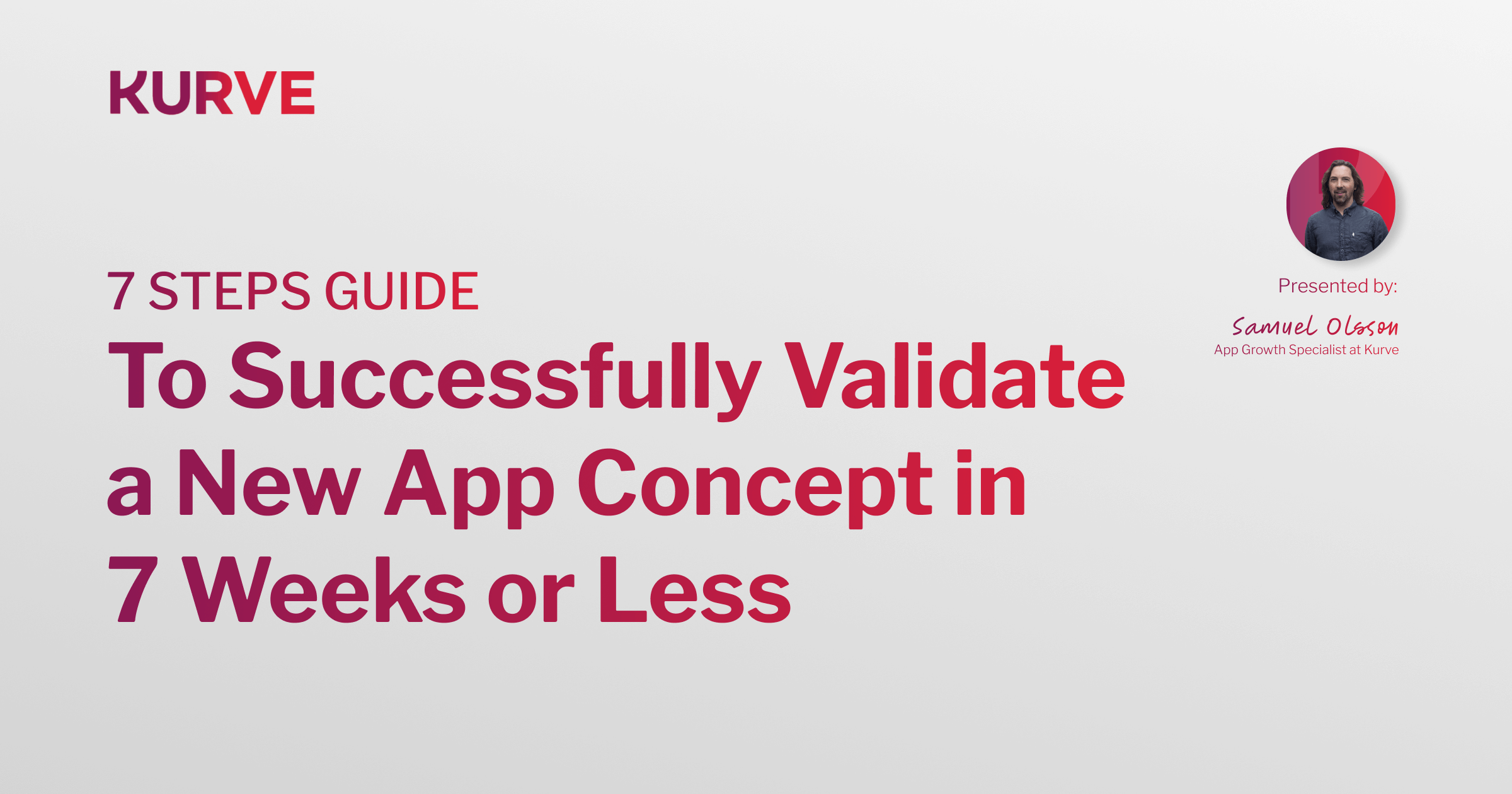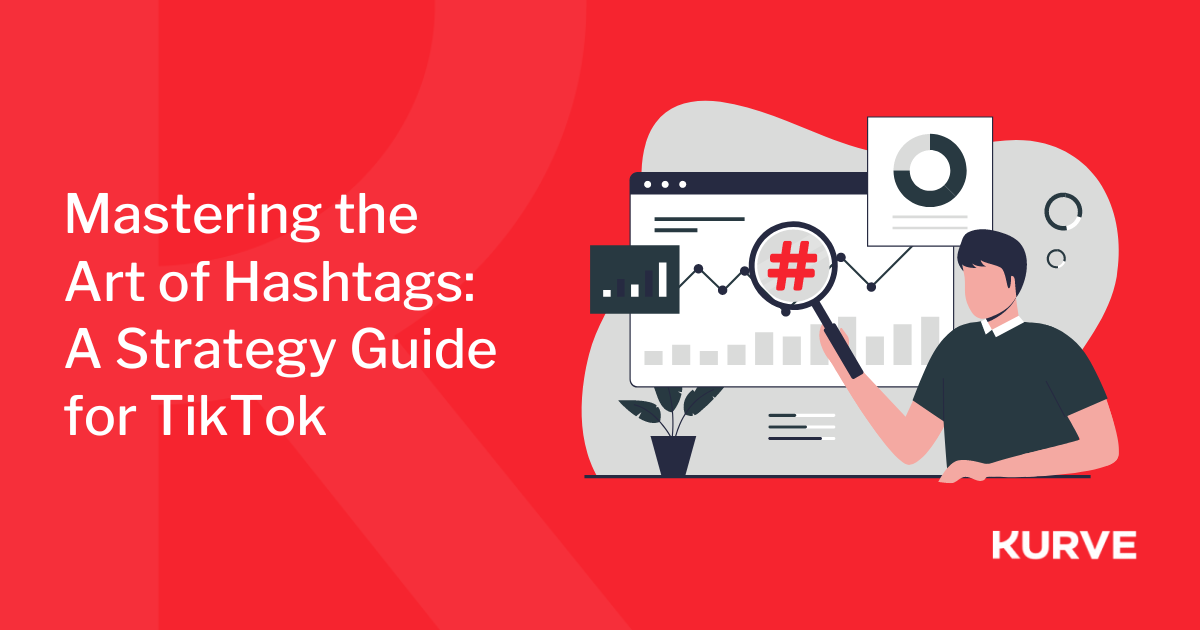Establishing Product-Market Fit: The Basic Principles
Guiding you to the end of the product-market fit rainbow...
I focus on growth marketing for startups. This involves setting solid foundations from which to scale a business – usually a tech business in the startup world. I need to maintain a full funnel view, and I need to integrate product expertise with engineering, automation, content, and much more besides. One of the most common reasons why startups fail is because they pump money into acquisition channels without first establishing their product-market fit . Even the best marketing strategy will accelerate the demise of the business in this case. You’ll be burning hot, without a return on investment. We spend a lot of time lauding the most successful startups: Airbnb, Facebook, Dropbox, and the like. There is one common characteristic that they share – they all established a product-market fit before scaling. In this article, I will look at the following aspects of product-market fit:
-
What does product-market fit actually mean?
-
Why should you establish a product-market fit?
-
What are the steps to proving a product-market fit?
1. What Does Product-Market Fit Actually Mean?
“Product-Market Fit” is a term coined by Andy Rachleff; co-founder of Benchmark Capital. The term was based on his inspection of the investing style of Sequoia founder, Don Valentine. Marc Andreessen defines it simply as “being in a good market with a product that can satisfy that market.” Sean Ellis went on to popularise the term by declaring it a precondition for effectively scaling marketing for a company in his “pyramid of startup marketing”. Put another way, product-market fit is the degree to which a product satisfies a strong market demand. It’s the first crucial milestone when building a successful long-term venture. It proves that the market has validated the product’s value, and that the business model is viable for scaling. “The life of any startup can be divided into two parts – before product market fit and after product market fit.” - Marc Andreessen The “before” part should be obsessively focused on people’s experience, rewriting your product, moving into new markets – figuring out exactly who you are, where you stand, and what you mean. I see finding product-market fit as a chase to the end of the rainbow. At the end, you’ll find a pot of gold. But it’s not something that comes quickly or easily. It requires time, energy, and budget. However, it’s an unavoidable part of establishing your business to ensure scalability and success.
2. Why Should You Establish a Product-Market Fit?
The number one reason startups fail is because they built something no one wants. You can see this “no market need” in the diagram below, which is based on data from CB Insights:
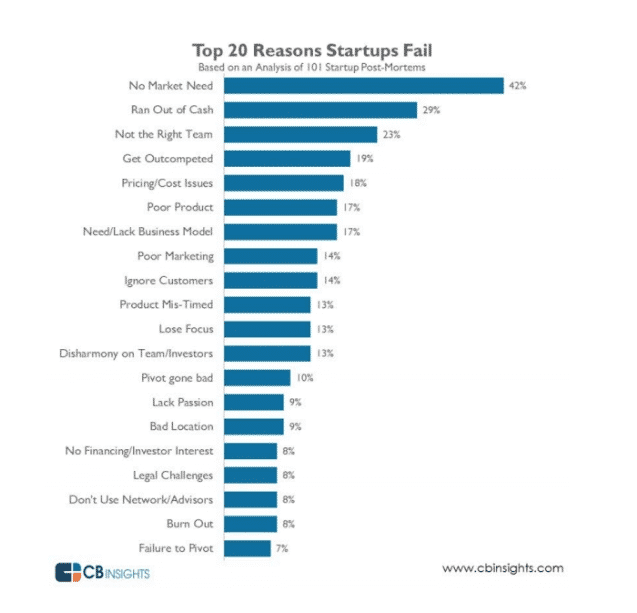
Source: CB Insights This means one of two things:
-
The startup ignored what people want
-
The startup burnt through too much cash before they discovered what people want
As a startup founder, you need to figure out what the market needs and build a product as efficiently as possible to test your hypothesis. The bottom line is that without establishing product-market fit, you might be chucking cash at marketing for a product that nobody actually wants. When people get out of the shower, they want their hair to dry quickly. Why? Because they’re likely going out and about – to work, or to a social occasion. A towel doesn’t do the job quickly enough. Hence, hair dryers exist. There is a clear need and there is a context that makes sense . Y ou need to build something that adds true value to people’s lives. That’s the only way people will part with their cash.
2a. Remember: Ideas Are Overrated
Here’s a shockingly common scenario: My friend has a really fantastic idea. I ask him what he plans to do with this idea. He says he’s going to build a product. That sounds like a natural progression, right? I ask him how many people he has spoken with who have a need for his particular product. He himself has the problem that the product is addressing, and claims that maybe three or four other people he’s spoken to have the same problem and need the same solution. He’s already jumped ahead to a developed product without firmly establishing need and producing an MVP to learn deeper insights. Great ideas don’t equate to success. The only way to find success is if your idea leads to a product that needs to exist. Don’t let the glorification of good ideas distract you from the mission at hand. 99% of success is execution. As Paul Graham from ycombinator says: "If you go to VC firms with a brilliant idea that you’ll tell them about if they sign a nondisclosure agreement, most will tell you to get lost. That shows how much a mere idea is worth. The market price is less than the inconvenience of signing an NDA." On the other hand, if your idea taps into a need – and there’s nothing that caters for that need yet – even an unpolished product release will gain traction. If you provide true value, your product has the potential to become indispensable. Now this is an attractive proposition for investors.
3. How Can You Establish Your Product-Market Fit?
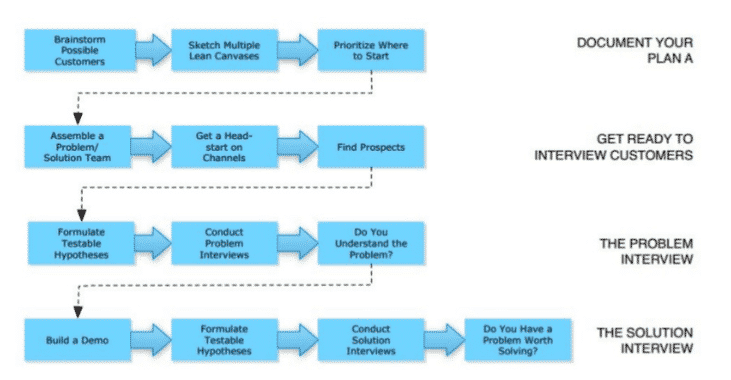 Source: SlideShare The process for establishing your product-market fit isn’t always neat, tidy, or linear... In most failed cases, a founder will come up with an idea, they will recognise a gap, and build a prototype which attempts to fill that gap. They think about it only in terms of problems and solutions. They build the prototype and invest energy into raising money to create and launch the full product. The problem with this approach is that it’s skipping the product-market fit stage . The founder is rushing into further development before testing what the true market need is for the solution. Instead, this is the time to work with a Minimum Viable Product (MVP) – a product with just enough features to get traction. The main objective is to learn, gather data and feedback, and to prove the need for a solution. This might also involve “faking” upcoming product features to test demand. Rather than “let’s go to market as quickly as possible” the mindset should be to establish whether the gap you’ve spotted actually needs to be filled, how it needs to be filled, and whose life will actually change if you fill it. There are two common mistakes that result in fatal danger for new startups: 1. Building a finished product and trying to get traction. This involves burning too much money on building a complex solution before there is proof of a need in the market. 2. Rushing to get ahead and launch a product to market. This involves burning too much money on acquisition channels before you prove the solution has a product-market fit. On the first mistake, the problem is overconfidence in the product. This is often based on a small sample size – far too small for validation. The second mistake is overconfidence that good marketing will overcome indifferent user experiences and compensate for an average product. Sometimes I’ve seen startups make both mistakes. Failure is not far behind in those instances . Here’s a simple diagram to show the typical method – and also a better way to do things:
Source: SlideShare The process for establishing your product-market fit isn’t always neat, tidy, or linear... In most failed cases, a founder will come up with an idea, they will recognise a gap, and build a prototype which attempts to fill that gap. They think about it only in terms of problems and solutions. They build the prototype and invest energy into raising money to create and launch the full product. The problem with this approach is that it’s skipping the product-market fit stage . The founder is rushing into further development before testing what the true market need is for the solution. Instead, this is the time to work with a Minimum Viable Product (MVP) – a product with just enough features to get traction. The main objective is to learn, gather data and feedback, and to prove the need for a solution. This might also involve “faking” upcoming product features to test demand. Rather than “let’s go to market as quickly as possible” the mindset should be to establish whether the gap you’ve spotted actually needs to be filled, how it needs to be filled, and whose life will actually change if you fill it. There are two common mistakes that result in fatal danger for new startups: 1. Building a finished product and trying to get traction. This involves burning too much money on building a complex solution before there is proof of a need in the market. 2. Rushing to get ahead and launch a product to market. This involves burning too much money on acquisition channels before you prove the solution has a product-market fit. On the first mistake, the problem is overconfidence in the product. This is often based on a small sample size – far too small for validation. The second mistake is overconfidence that good marketing will overcome indifferent user experiences and compensate for an average product. Sometimes I’ve seen startups make both mistakes. Failure is not far behind in those instances . Here’s a simple diagram to show the typical method – and also a better way to do things: 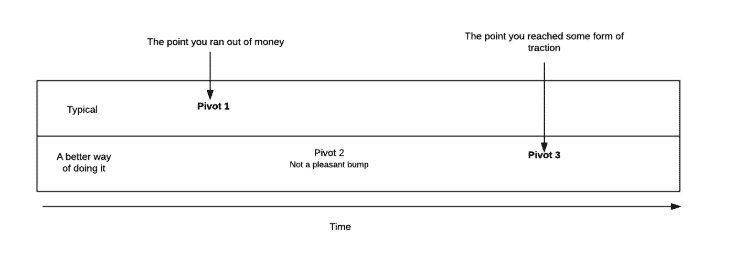 So, startups need to first create an MVP . Then they need to establish product-market fit . And then, it’s time to scale the business . This scaling can only happen with reliability after the first two stages. I won’t get stuck into “how to build an MVP” in this article. However, I can point you towards the jobs to be done concept as a starting point. The assumption here is that you’ve developed an MVP that can be used to prove your product-market fit over time.
So, startups need to first create an MVP . Then they need to establish product-market fit . And then, it’s time to scale the business . This scaling can only happen with reliability after the first two stages. I won’t get stuck into “how to build an MVP” in this article. However, I can point you towards the jobs to be done concept as a starting point. The assumption here is that you’ve developed an MVP that can be used to prove your product-market fit over time.
Seeking Feedback and Understanding Customer Experience
If you have an operational MVP, you must build a base of existing users who meet the following criteria:
-
Not friends or family
-
Have been using the product fluently
-
Have been users for over a month
Sean Ellis suggests that when you survey your users and 40% of them would be disappointed if you pulled the produc t, that’s a good indication that you’ve achieved product-market fit. You’re never going to have that without a base of users who are consistently using your product for at least a month. Most people think that if 20% of users say they like the product then you’re in good shape. But that’s not enough. You need to occupy users who will be disappointed to live without your product. This means that the product is essential, and that you’ve successfully built an emotional connection. It’s not about monetisation or “creating a bit of traction” – in an increasingly noisy and competitive environment, you need to offer something exceptional, and continue to improve it . Ben Oliveri’s excellent blog post about prototypes, MVPs, and the journey to product-market fit outlines other metrics which will support this initial survey data to prove product-market fit: Net Promoter Score : How likely is it that your users would recommend you to a friend or colleague? You’re looking for a 9/10 score if possible. Engagement Data : Qualify behaviour and engagement in the context of its meaning. For example, the number of pictures shared or the number of friends added. Retention Curve : A flattening curve suggests that you’ve achieved product-market fit and users are sticking around for the long-term. Recurring Growth : Ben references Brad Feld’s article about product-market fit , in which he outlines what levels of growth indicate ongoing product-market fit. This also highlights that product-market fit isn’t one big clear event – it is a journey of discovery that takes time continuous validation of ideas:
-
>100% Year-over-year growth = high valuation / 10X revenue
-
50%-100% Year-over-year growth = holding steady, healthy valuation
-
<50% Year-over-year growth = tripwire, bells, and whistles
-
<20% Year-over-year growth = investors… help!
-
<10% Year over-year growth= no semblance of product market fit
Final Takeaways...
It’s competitive out there. It’s rare to meet someone with a new idea that other people aren’t already working on. Furthermore, people often don’t want to listen to criticism or challenge themselves in deep ways to prove whether an idea has a true business case. They want to build something based on their idea rather than shape it progressively around acute pain points, problems, or nuanced needs. In addition, it’s critical to understand human behaviour. When people buy something, they are typically:
-
Switching from a new product that they are currently using
-or-
-
Have a new need they didn’t have before
Your solution must achieve product-market fit within this context. You can’t create new needs, but you can spot them and work hard to build a solution that caters to them. To achieve a product-market fit, you need to be obsessively focused on your users and develop a product constantly – in response to feedback, engagement, growth statistics, and other key indicators. Establishing product-market fit is a journey to the end of the rainbow... where a pot of gold awaits.

Oren Greenberg has a proven track record for growing startups and scaleups as a strategic on-demand CMO. To speak to Oren about what you can achieve with Kurve as a growth marketing partner, get in touch today.
